
Roots
The story of textured hair, for many, begins not in a salon, nor within the confines of a chemical composition. Its true beginning reaches back, far into the ancestral past, into the very earth from which our first forebears drew life. Consider the strands that spring from the scalp ❉ each coil, each gentle wave, a living testament to generations, to resilience, to artistry born of necessity and wisdom.
This is the starting point for understanding protective textured hair styling. This practice is not a mere trend or a passing fad; it is a deep conversation with history, a dialogue that speaks of care, identity, and survival across continents and centuries.
The inherent structure of textured hair – its unique elliptical shape, the way its cuticles often stand proud, more open than straighter hair types – predisposes it to certain conditions. It is prone to dryness, certainly, and more susceptible to breakage if not handled with tenderness. Yet, within these biological truths lies an extraordinary strength, a capacity for holding shape and for providing natural insulation. Our ancestors, acutely aware of their environment and the biology of their bodies, observed these characteristics and responded with ingenious solutions.
Their methods, refined over millennia, formed the original foundation of what we now classify as protective styling. These styles were often more than practical; they held profound spiritual, social, and cultural meaning, becoming a living chronicle etched into each coil.

Hair Anatomy and Its Ancestral Echoes
Textured hair, particularly hair with tight curls or coils, grows in an elliptical or flattened shape from its follicle. This shape causes the hair shaft to twist as it grows, creating points of vulnerability along its length. Where these twists occur, the hair strand is naturally weaker. The cuticle layers, which are the outermost protective scales of the hair, also tend to lift more readily in textured hair, allowing moisture to escape and making the strand more susceptible to environmental stressors and physical manipulation.
Ancestral hair practices provided early forms of protection against environmental elements and the inherent fragility of textured hair.
Ancient communities, without the benefit of microscopes or chemical analysis, instinctively understood these attributes. They lived in climates where sun, dust, and varying humidity levels could significantly impact hair health. The development of styles that grouped hair together, tucking away delicate ends and creating compact forms, was a direct response to these environmental challenges. Such styles offered a physical barrier, shielding the hair from the elements, reducing tangling, and minimizing daily manipulation that could lead to breakage.

Traditional Hair Categorization and Cultural Markings
Long before modern classification systems, hair types in various African societies carried significant symbolic weight. These distinctions often went beyond mere texture, encompassing intricate patterns and adornments to convey a person’s identity, social standing, age, marital status, or even their spiritual beliefs. For instance, archaeological findings from ancient Egypt indicate that elaborate wigs, sometimes braided with human hair, wool, or plant fibers, denoted wealth and religious devotion. These ancient wigs even helped protect the wearer’s natural hair from sun and lice, underscoring an ancestral understanding of hair preservation.
- Yoruba People ❉ Intricate hairstyles signified community roles, marital status, or fertility.
- Himba Tribe ❉ Dreadlocked styles coated with red ochre paste symbolized connection to the earth and ancestors, offering sun protection.
- Maasai People ❉ Specific beliefs regarding hair and spiritual energy, with hairstyles tied to their traditions.
- Ancient Egyptians ❉ Hairstyles reflected social status, age, and occupation; young girls wore distinctive “side-locks” symbolizing youth.
The methods of creating these styles were often passed down through generations, making hair care a communal act, strengthening social bonds and transmitting cultural knowledge. This collective approach ensured the continuity of specific looks and the meanings they held within a community.

A Lexicon of Care and Adornment
The language used to describe textured hair and its care was deeply embedded in daily life. While many specific ancient terms may not have direct English equivalents, the very existence of diverse styles points to a rich vocabulary of creation and maintenance. The tools used were equally reflective of ancestral ingenuity.
| Tool or Material Afro Comb (Pick) |
| Traditional Use Relevant to Protection Used for detangling, lifting, and shaping hair, some dating back 7,000 years in Kush and Kemet (ancient Sudan and Egypt). Often served as a status symbol. |
| Modern Parallel or Significance Still a staple tool for detangling and volume, now recognized globally for textured hair care. |
| Tool or Material Natural Butters & Oils |
| Traditional Use Relevant to Protection Applied to hair for moisture retention, conditioning, and protection from harsh conditions. Examples include shea butter, cocoa butter, and various plant oils. |
| Modern Parallel or Significance Modern hair products frequently incorporate these traditional ingredients for deep conditioning and sealing moisture. |
| Tool or Material Herbs & Powders (e.g. Chebe) |
| Traditional Use Relevant to Protection Used in specific cultural practices (e.g. Chad's Basara Tribe) for length retention, moisture, and thickness by sealing hair. |
| Modern Parallel or Significance Gaining popularity in contemporary natural hair regimens for their purported strengthening and moisturizing properties. |
| Tool or Material Scarves & Headwraps |
| Traditional Use Relevant to Protection Worn for ceremonial purposes, protection from sun, dust, and heat, and as symbols of status or identity. |
| Modern Parallel or Significance Continue to be worn for hair protection, cultural expression, and as fashion accessories. |
| Tool or Material These ancient implements and ingredients highlight a practical yet symbolic connection between hair care and daily existence. |
The wisdom embedded in these tools and practices reveals a clear ancestral basis for protective styling ❉ an understanding that hair, particularly textured hair, requires careful handling, moisture retention, and minimal manipulation to stay strong.
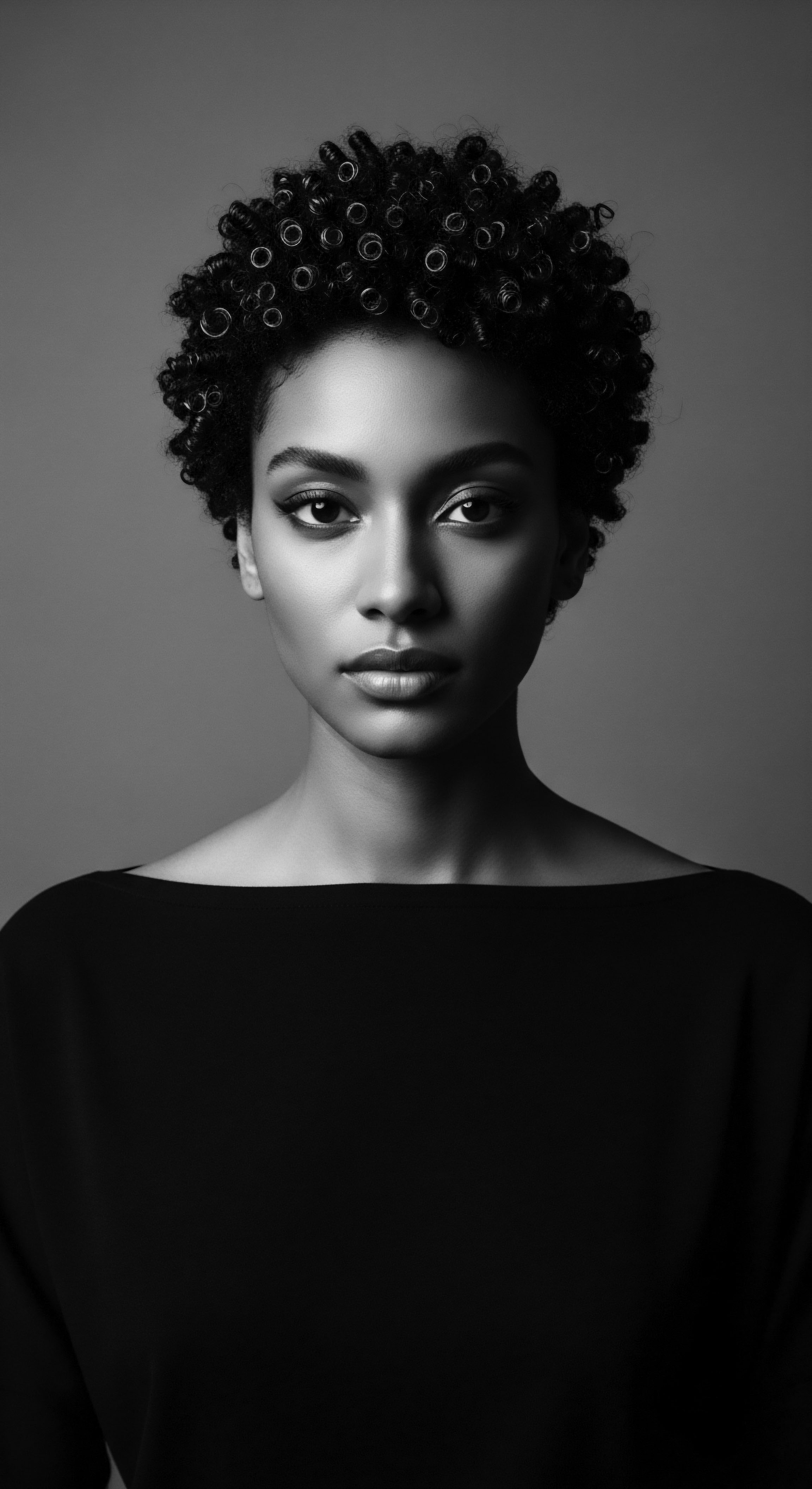
Ritual
From the foundational observations of hair’s very structure, our understanding moves into the realm of daily practice – the styles themselves, their methods of creation, and the instruments that brought them to life. Protective textured hair styling, across generations, evolved into a living ritual, a deliberate act of care that held both functional purpose and profound cultural meaning. These traditions shaped not only the appearance of hair but also the identity of those who wore it, carrying whispers of shared ancestry.
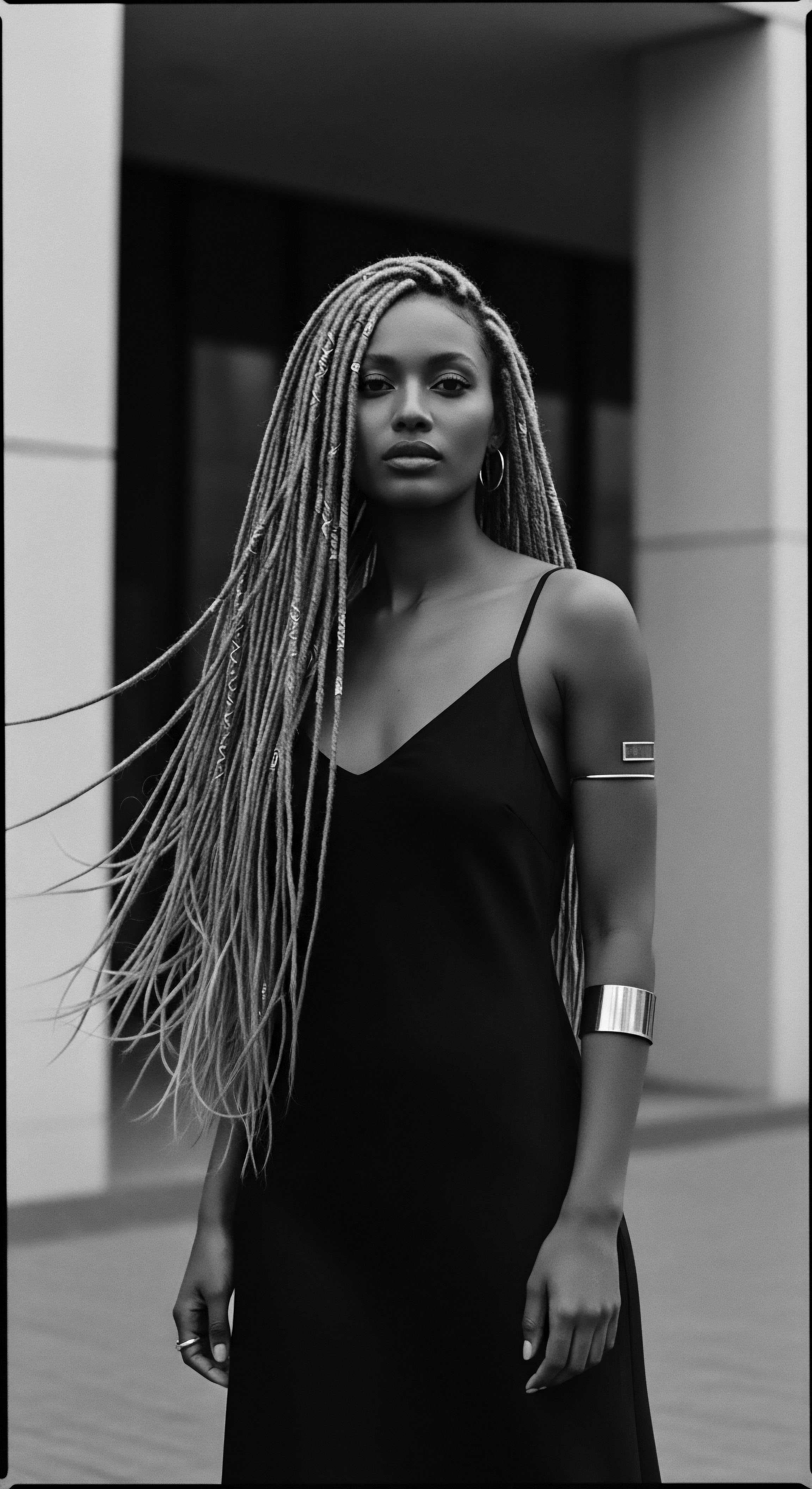
Protective Styling Beyond Aesthetics
The concept of protective styling, deeply rooted in African heritage, involves arranging hair in ways that keep the ends tucked away, minimizing exposure to environmental stressors and reducing physical manipulation. This practice helps to retain moisture, prevent breakage, and maintain overall hair health. Styles like Cornrows, Braids, and Locs, recognized today for their beauty and practicality, have histories stretching back thousands of years.
For ancient African civilizations, these styles were far more than simple adornments. They served as intricate systems of communication, revealing an individual’s societal status, age, marital standing, tribal affiliation, wealth, and even religious beliefs. For example, specific cornrow patterns could indicate family lineage or denote a person’s readiness for marriage.
Protective hair styles in ancient African societies functioned as complex social maps, conveying identity, status, and heritage through intricate patterns.
During the horrific era of the transatlantic slave trade, these styling practices took on an even deeper significance. When enslaved Africans were forcibly brought to the Americas, their hair was often shaved as a brutal act of dehumanization and cultural erasure. Yet, against this backdrop of oppression, traditional hairstyles became subtle acts of resistance and survival.
Enslaved individuals would braid their hair in patterns that reportedly served as maps to escape routes or as a means to hide seeds and grains for sustenance during perilous journeys. This powerful adaptation speaks to the enduring ingenuity and resilience embedded within textured hair heritage.

Traditional Defining Techniques and Their Enduring Presence
The ancestral methods for defining and holding textured hair often relied on natural elements and meticulous handwork. Consider the practice of Threading, a technique widely used in various African communities, where strands of hair are wrapped tightly with thread. This method both stretches and protects the hair, creating a smooth, elongated appearance while safeguarding the hair shaft. While less common in mainstream modern protective styling guides, its historical presence showcases a clear lineage of techniques aimed at managing and preserving textured hair.
Another ancestral approach involves the use of clays and butters to help sculpt and hold styles, while providing a protective coating. The Himba people, as noted, utilize a mixture of red ochre and animal fat, not just for its symbolic meaning, but for its practical ability to shield hair from the sun and detangle. These traditional defining techniques were not about altering the fundamental hair structure, but about working with its natural tendencies to create durable, protective looks.
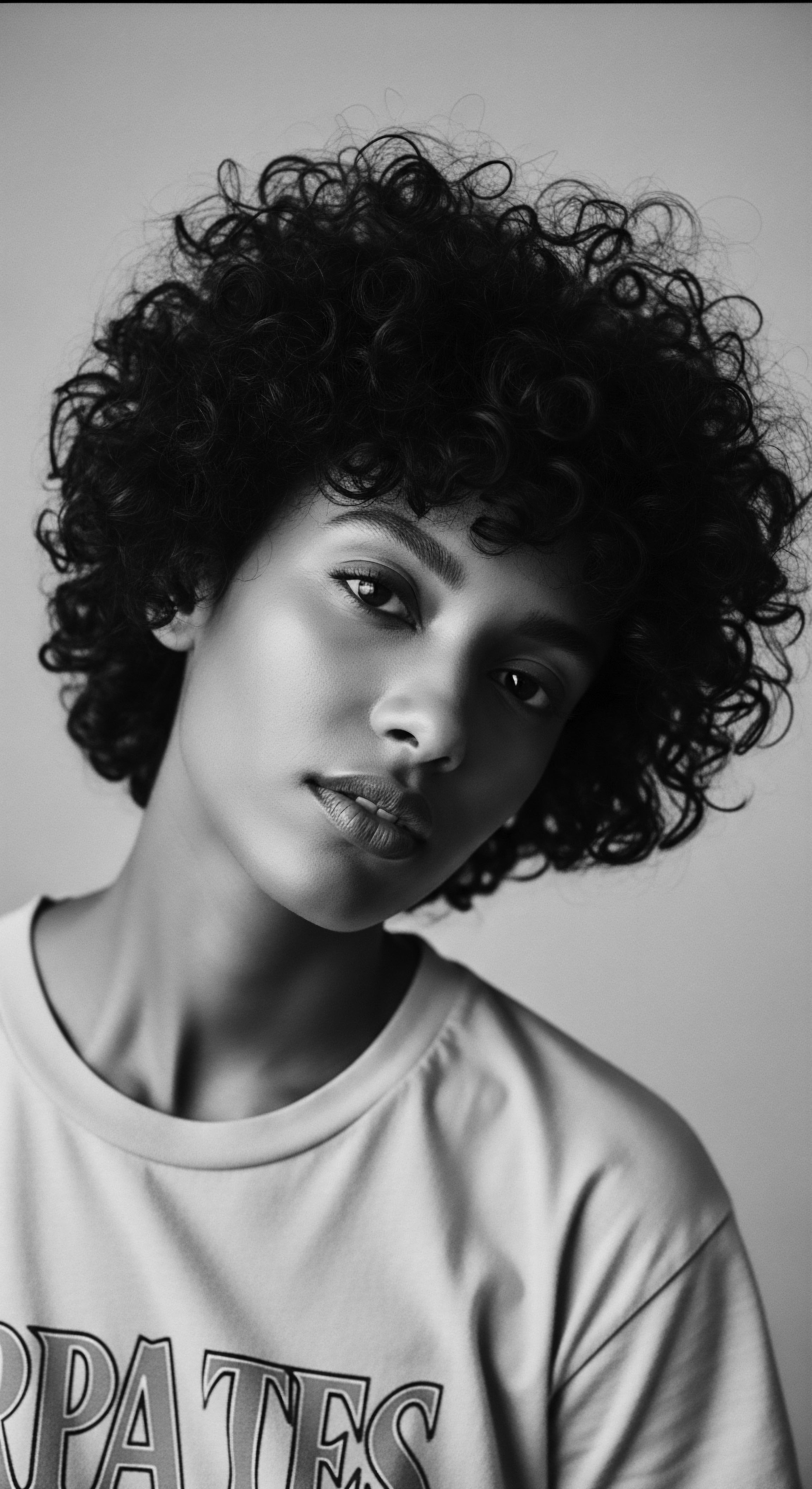
The Tools of Ancestral Artistry
The toolkit for textured hair styling has ancient origins, evolving from readily available natural materials to more refined implements.
- Combs and Picks ❉ Early combs, some dating back 7,000 years in ancient African civilizations like Kush and Kemet, were often crafted from bone, wood, or ivory. These tools were fundamental for sectioning, detangling, and styling hair, laying the groundwork for intricate braided and sculpted looks.
- Natural Adornments ❉ Beads, cowrie shells, gold, and plant fibers were not only decorative but often integrated into styles to signify status, wealth, or tribal identity. The strategic placement of these items within protective styles added weight, helping to keep hair neat and protected.
- Headwraps ❉ More than a fashion accessory, headwraps hold significant historical and protective value. Originating in West Africa as early as 300-1200 CE, they served to protect hair from the environment, indicate social status, and later, became powerful symbols of resistance and cultural preservation during enslavement.
The longevity and continuing relevance of these tools and styles demonstrate a continuous ancestral thread in the art of caring for textured hair, proving their enduring efficacy.

Relay
The lineage of textured hair care does not cease in ancient times; it flows with vibrant continuity into the present, shaping our modern regimens and offering solutions rooted in ancestral wisdom. Understanding protective styling involves recognizing this historical current, seeing how age-old practices inform contemporary approaches to health and well-being.

Personalized Regimens From Generational Wisdom
The creation of personalized hair care regimens today, often tailored to specific curl patterns or concerns, echoes ancestral approaches that were inherently customized to individual needs, local resources, and communal traditions. Our forebears did not rely on a universal shampoo or conditioner. Their care was a response to their environment, their diet, and their unique hair properties. They utilized what the land provided—a vast pharmacopeia of botanicals and natural fats.
For instance, communities across Africa have long used various natural oils and butters such as Shea Butter, Cocoa Butter, Coconut Oil, and Argan Oil for hair moisture retention and health. These practices, passed through families, demonstrate an intuitive understanding of emollients and their ability to seal moisture within the hair shaft, a fundamental principle of modern protective care. A 2018 paper by Adetutu Omotos in the Journal of Pan African Studies highlights that hair was incredibly important in ancient African civilizations, representing one’s family history, social class, spirituality, tribe, and marital status, with various tribal groups using hair to show social hierarchy as early as the fifteenth century (Omotos, 2018). This underscores how hair care, including protective styling, was never a solitary, purely aesthetic act, but deeply communal and identity-affirming.
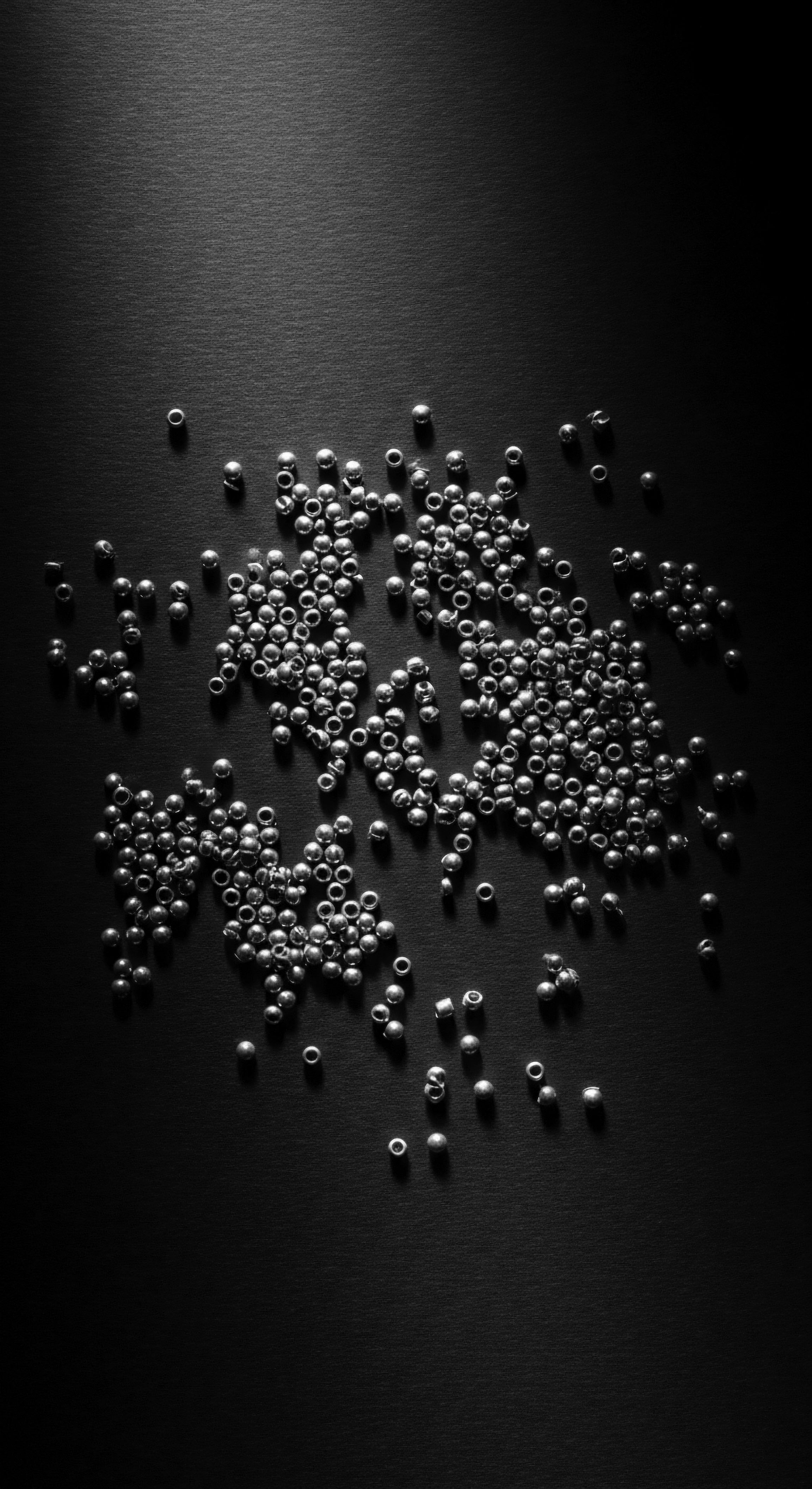
The Nighttime Sanctuary and Head Covering Wisdom
The ritual of protecting hair during sleep, a common practice today for those with textured hair, is a direct inheritance from ancestral wisdom. Before modern bonnets, headwraps and various cloth coverings served this critical purpose. These coverings shielded delicate hair from friction against rough sleeping surfaces, helping to preserve moisture and prevent tangles or breakage that could occur overnight.
| Historical Context and Region Pre-colonial Africa |
| Traditional Practice/Item Various headwraps (e.g. Gele in West Africa) |
| Purpose and Modern Equivalent Initially for daytime protection from sun and dust, and as social markers. Also likely used at night for hair preservation. |
| Historical Context and Region Transatlantic Slave Trade & Diaspora |
| Traditional Practice/Item Headwraps (often enforced, then reclaimed) |
| Purpose and Modern Equivalent Protection from harsh conditions, concealment of hair, and later, an assertion of dignity and cultural identity. |
| Historical Context and Region Post-slavery & Contemporary |
| Traditional Practice/Item Bonnets, satin scarves, silk pillowcases |
| Purpose and Modern Equivalent Directly protects hair from friction, preserves moisture, and maintains style overnight, continuing ancestral protective aims. |
| Historical Context and Region The continuum of hair covering for rest illustrates a consistent ancestral concern for hair health. |

Ingredient Wisdom for Textured Hair Needs
The “ingredient deep dive” of ancestral practices reveals a sophisticated understanding of botanical properties long before synthetic chemistry. Communities often used plants for their cleansing, moisturizing, or strengthening effects on hair and scalp.
For example, in parts of West Africa, Black Soap, made from the ashes of plantain peels, cocoa pods, and shea tree bark, was traditionally used for cleansing. This natural cleanser, known for its gentle yet effective properties, offers a stark contrast to harsh modern sulfates, aligning with a holistic approach to hair hygiene that honors the hair’s natural moisture balance. In ancient Egypt, researchers have found evidence of fat-based gels being used to style and keep hair in place, a technique that would also have provided a degree of conditioning and protection.
Traditional ingredients, sourced from the earth, formed the bedrock of ancestral hair care, validating their efficacy through generations.
Consider Chebe Powder from Chad. This blend of ingredients, including lavender crotons and cloves, is traditionally applied as a paste to the hair and then braided, specifically to retain moisture and length, preventing breakage. This localized knowledge, passed down through generations, represents a powerful ancestral solution for common textured hair challenges, demonstrating how protective styling is intertwined with specific, regionally sourced ingredients.

Addressing Hair Concerns With Ancestral Solutions
Ancestral communities encountered their own versions of hair “problems” – dryness, breakage, environmental damage. Their solutions, often embedded within their protective styling practices, offer timeless lessons. The inherent nature of braids and twists, for instance, serves to reduce daily manipulation, a primary cause of breakage in fragile textured strands. By grouping hair into a cohesive unit, these styles shield the delicate ends from tangles, snagging, and the abrasive action of clothing or environmental factors.
The long-standing tradition of regularly oiling the scalp and hair, prevalent across many African cultures, serves to address dryness at its source. This practice, often accompanied by massage, helped to stimulate the scalp, distribute natural oils, and create a protective barrier against moisture loss. This directly counters the dehydration that textured hair can experience due to its structural characteristics.

Holistic Influences on Hair Health
Beyond the physical, hair care in ancestral communities was frequently interwoven with spiritual and communal practices. Hair was often seen as a conduit for spiritual energy, a connection to ancestors, and a symbol of life force. The communal act of braiding, for example, was a social bonding experience, a time for sharing stories, wisdom, and strengthening relationships within the community.
This holistic approach reminds us that protective styling is not merely a mechanical act of hair manipulation. It is a mindful process, a deliberate engagement with cultural legacy, and a recognition of hair as a cherished part of one’s entire being. The enduring power of these ancestral methods lies in their ability to address both the physical needs of textured hair and the spiritual well-being of the individual, echoing a heritage of deep, interconnected care.

Reflection
The journey through the ancestral origins of protective textured hair styling reveals a continuous, living archive. Each braid, each coil, each carefully applied oil holds a memory, a whisper of generations past. It is a story of ingenuity born from necessity, of beauty crafted from deep understanding, and of identity asserted through every strand. The ‘Soul of a Strand’ ethos acknowledges that textured hair is far more than a biological attribute; it is a repository of history, a symbol of resilience, and a testament to enduring cultural wisdom.
From the earliest observations of hair’s unique structure to the intricate social coding woven into ancient styles, and to the healing properties discovered in earth’s bounty, our ancestors laid a profound foundation. Their practices, whether for practical preservation or spiritual connection, continue to inform and enrich contemporary textured hair care. This profound heritage offers not only guidance for healthy hair but a deeper connection to self and lineage, affirming that the care we give our hair today is a continuation of a sacred, age-old conversation.
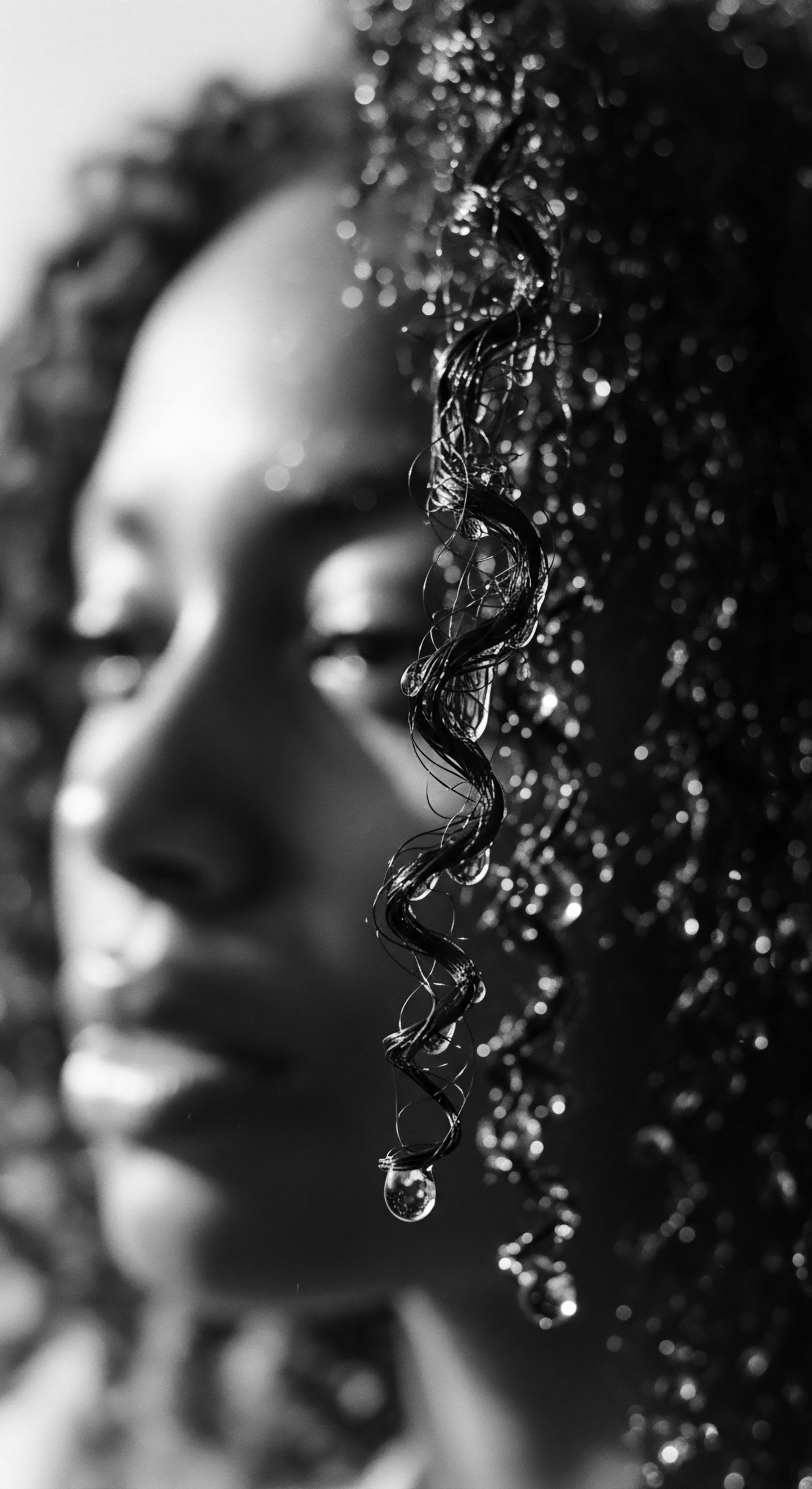
References
- Byrd, Ayana and Tharps, Lori L. Hair Story ❉ Untangling the Roots of Black Hair in America. St. Martin’s Press, 2001.
- Omotos, Adetutu. “The Cultural Significance of Hair in Traditional African Culture.” Journal of Pan African Studies, vol. 11, no. 8, 2018, pp. 240-252.
- Mercer, Kobena. Welcome to the Jungle ❉ New Positions in Black Cultural Studies. Routledge, 1994.
- White, Shane and White, Graham. Stylin’ ❉ African American Expressive Culture from Its Beginnings to the Zoot Suit. Cornell University Press, 1998.
- Kibbe, Jean. Texture and Type ❉ A Scientific and Cultural Look at Natural Hair. University of Chicago Press, 2020.
- Patel, Nikisha. Botanical Beauty ❉ Ancient African Healing and Hair Care Practices. African Botanicals Publishing, 2021.
- Blakely, Allison. Historical and Cultural Aspects of African Hair Traditions. Oxford University Press, 2017.
- Robinson, Hilary. African Hair ❉ Its History, Culture, and Care. Bloomsbury Academic, 2015.
- Bundles, A’Lelia Perry. On Her Own Ground ❉ The Life and Times of Madam C. J. Walker. Scribner, 2001.
- Byrd, Ayana. The World of Textured Hair ❉ A Global Perspective on Care and Styling. HarperCollins, 2023.
